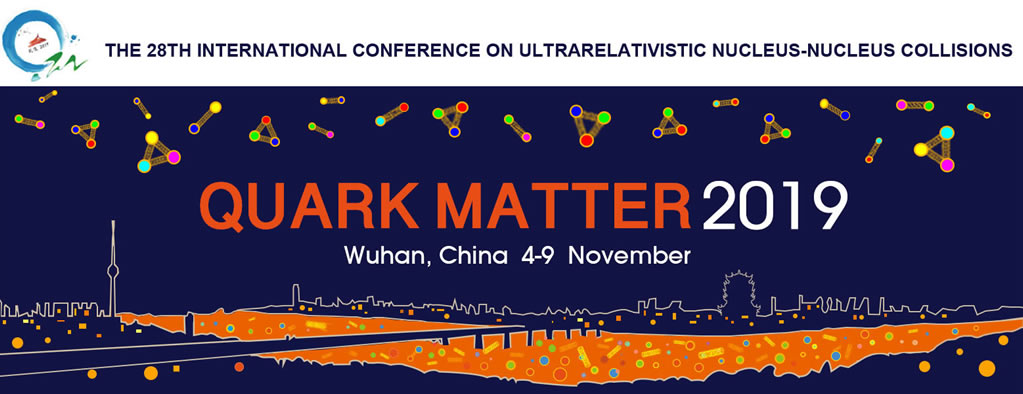Speaker
Description
Quarkonia suppression has been long predicted \cite{satz19861} and explored as a defining signature of formation of quark-gluon-plasma (QGP). Various physical processes \cite{satz19861,laine20071,brambilla20081} have been understood to contribute to the dynamics of a Q-$\bar{Q}$ traversing through the QGP. The proper framework to implement a Schr\"{o}dinger equation, which takes into account the dynamical nature of the above problem, is treating the system as an open quantum system \cite{akamatsu20121,akamatsu20151}.
In our calculation, we implement a stochastic Schr\"{o}dinger equation which describes the evolution of the Q-$\bar{Q}$ pair starting from a pure state.
In the first part, we start with an extension of the results obtained in \cite{akamatsu20181} by extending the calculation to three-dimensional case and including the full-color structure of a Q-$\bar{Q}$ pair (including color-octet states as well). We do so by expanding the equations obtained in \cite{akamatsu20151} in small $\vec{r}$ limit. This is not an ad hoc approximation but is rather motivated by the idea of effective-field-theory (EFT) methods, such as pNRQCD \cite{brambilla20081}. Further, in a simple calculation, we check how much of an error small `$\vec{r}$' expansion brings. This is an example of a Markovian process as shown in \cite{akamatsu20151}. This formalism does not include on-shell gluon emission or absorption.
The second part of the calculation is a dynamical implementation of the physical process called gluo-dissociation \cite{brambilla20081} by the means of stochastic evolution. This necessarily involves kernels which remember correlation in time as the process occurs at a finite frequency. This is an example of a non-Markovian process. If one wants to use results from lattice (since the QGP formed at RHIC and LHC is an example of a strongly coupled system), one would like to understand the relative importance of these physical processes. We suggest that this can be done by comparing correlation functions of color electric-fields at zero and non-zero frequencies. It appears that non-Markovian dynamics will play an important role when higher-excited states are considered.
\bibitem{satz19861}
T. Matsui, H. Satz, (1986),
\emph{Phys.Lett.B178,(1986),416-422}
\bibitem{laine20071}
M. Laine, O. Philipsen, (2006), \emph{JHEP 0703,(2007), 054}
\bibitem{brambilla20081}
N. Brambilla, J. Ghiglieri, A. Vairo, P. Petreczky, (2008), \emph{Phys.Rev.D 78,(2008),014017}
\bibitem{akamatsu20121}
Y. Akamatsu, A. Rothkopf, (2012), \emph{Phys.Rev.D 85,(2012),105011}
\bibitem{akamatsu20151}
Y. Akamatsu (2015), \emph{Phys.Rev.D 91 (2015),056002}
\bibitem{akamatsu20181}
Y. Akamatsu, A. Rothkopf, S. Kajimoto and M. Asakawa (2018), \emph{Phys.Rev.D 97 (2018),014003}
